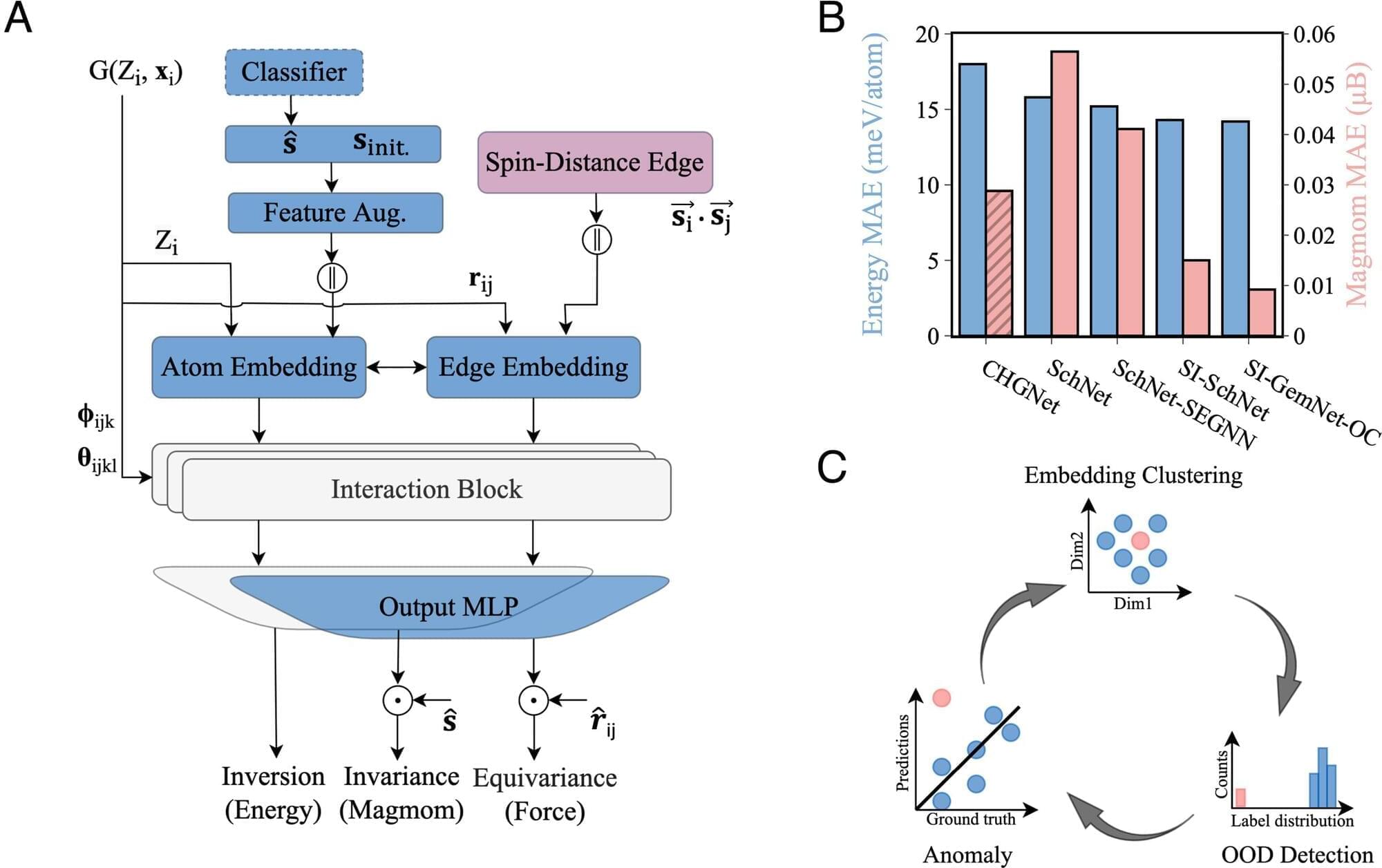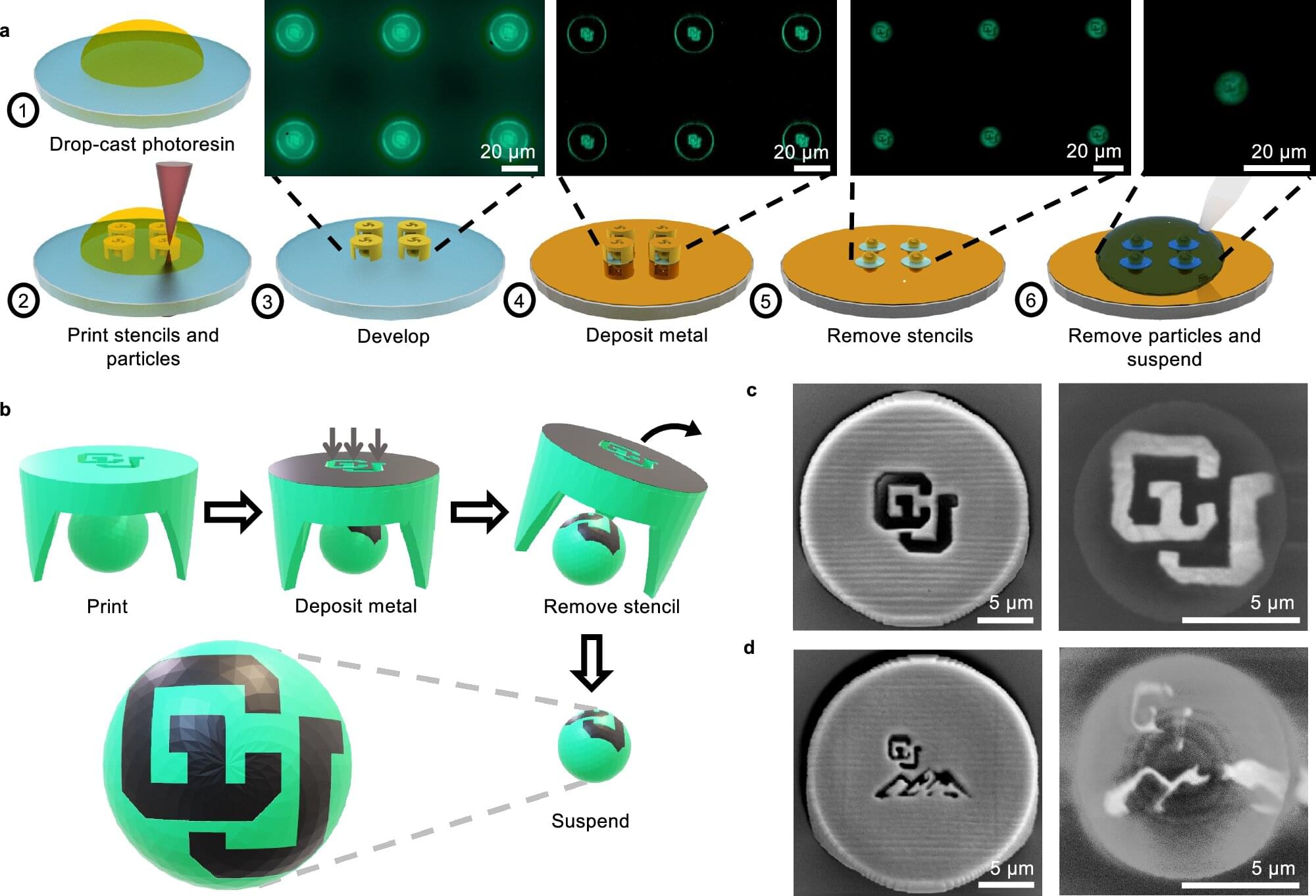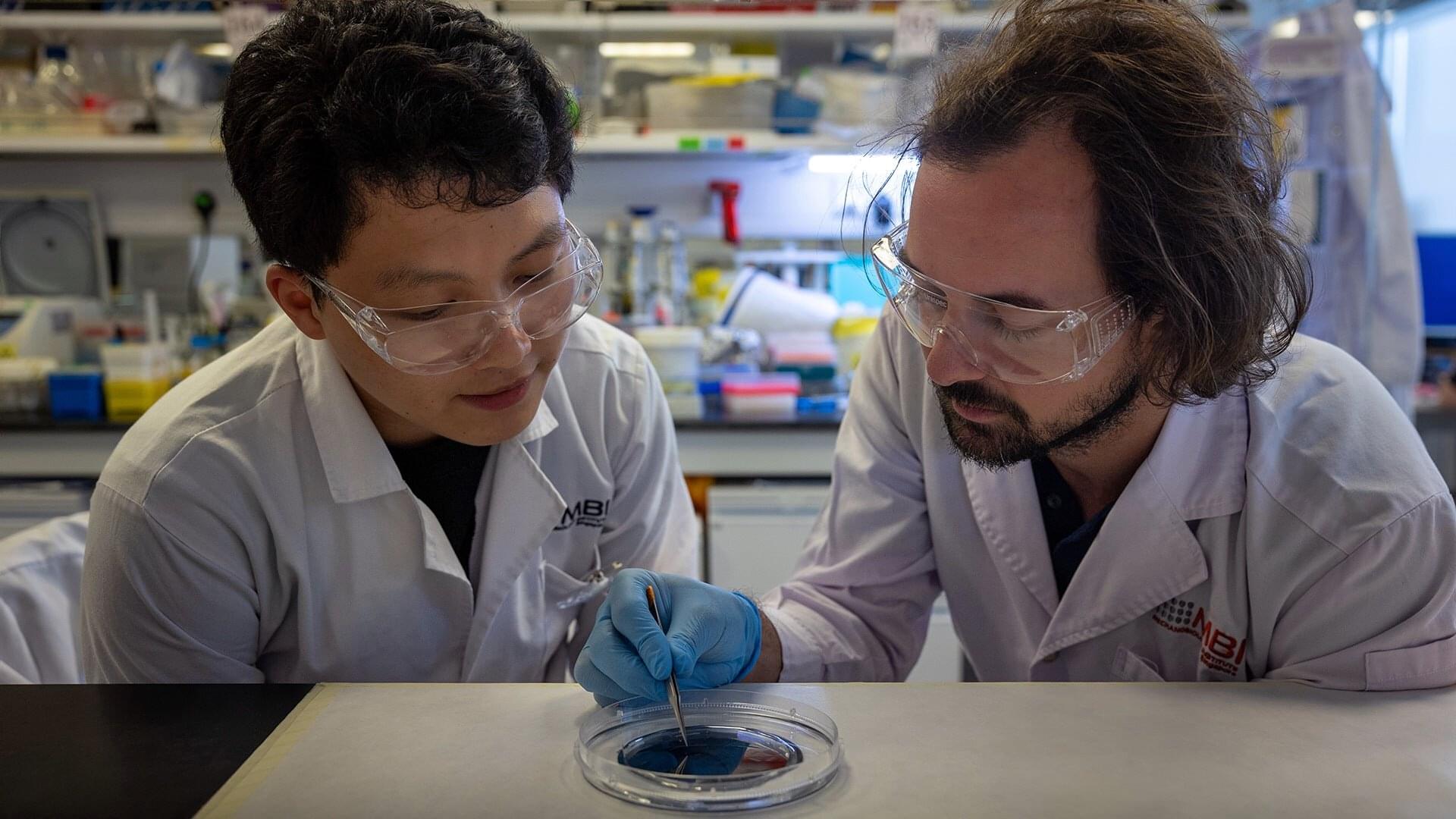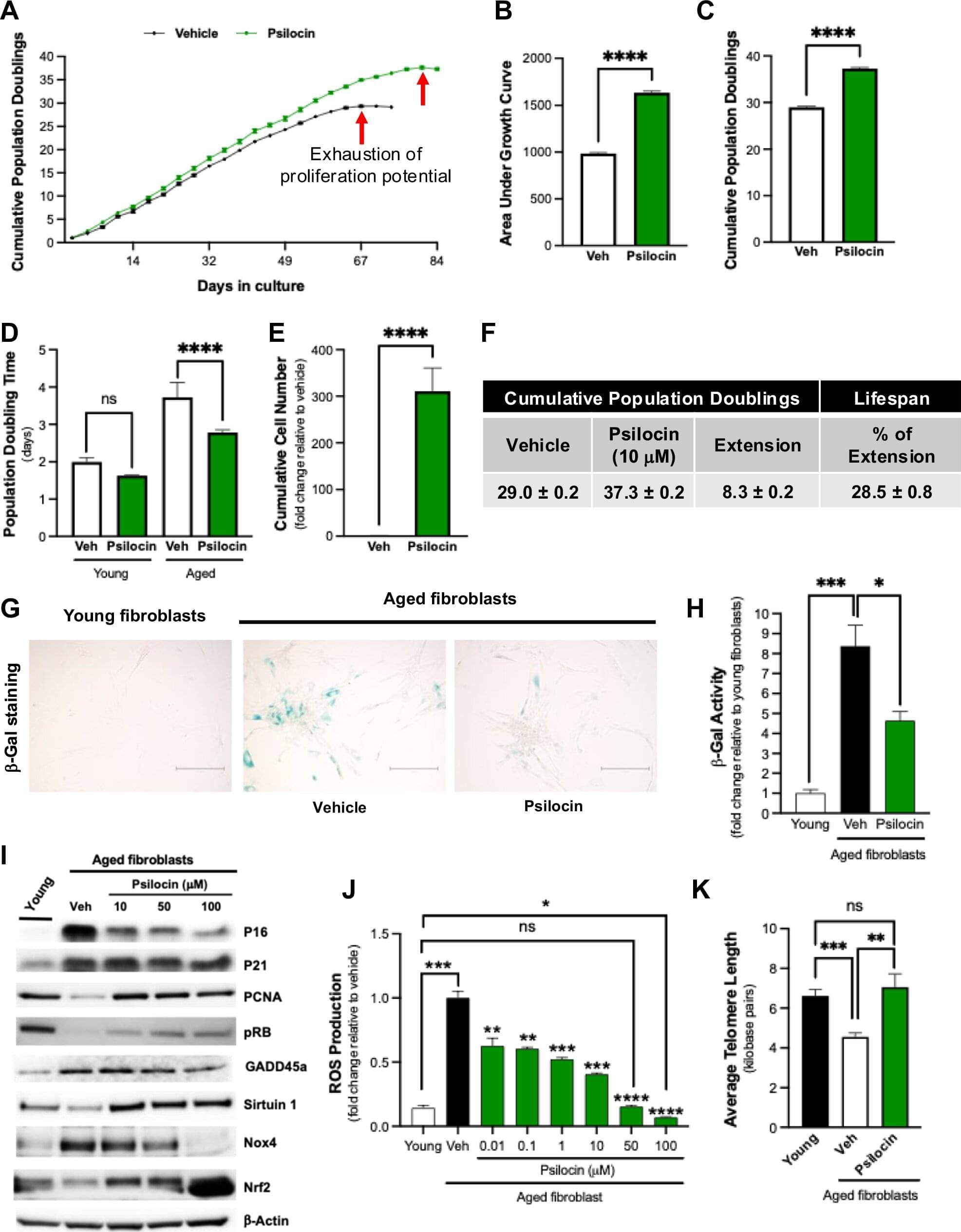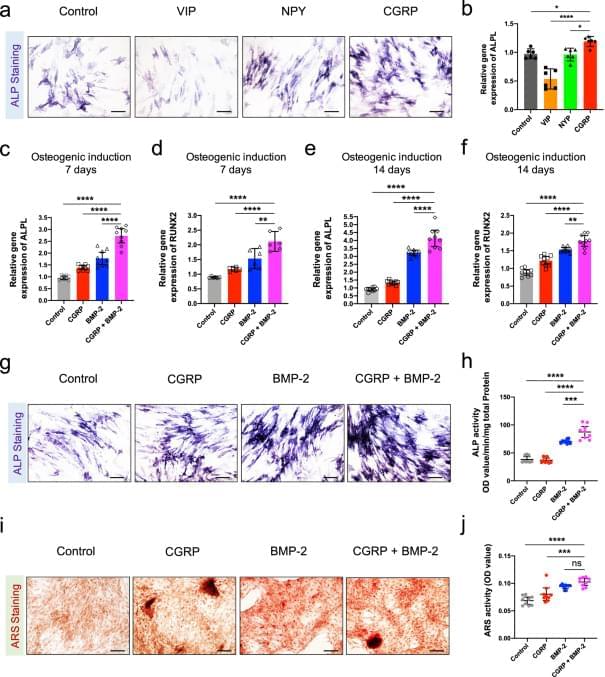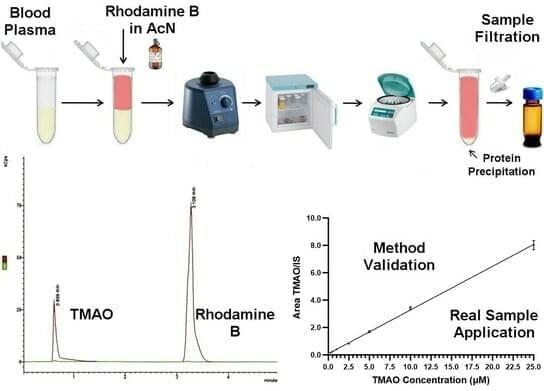Magnetic materials are in high demand. They’re essential to the energy storage innovations on which electrification depends and to the robotics systems powering automation. They’re also inside more familiar products, from consumer electronics to magnetic resonance imaging (MRI) machines.
Current sources and supply chains won’t be able to keep up as demand continues to grow. We need to design new magnetic materials, and quickly.
A collaboration between Carnegie Mellon University, Lawrence Berkeley National Laboratory, and the Fritz-Haber-Institut der Max-Planck-Gesellschaft is broadening capabilities to screen potential new materials with machine learning models.
